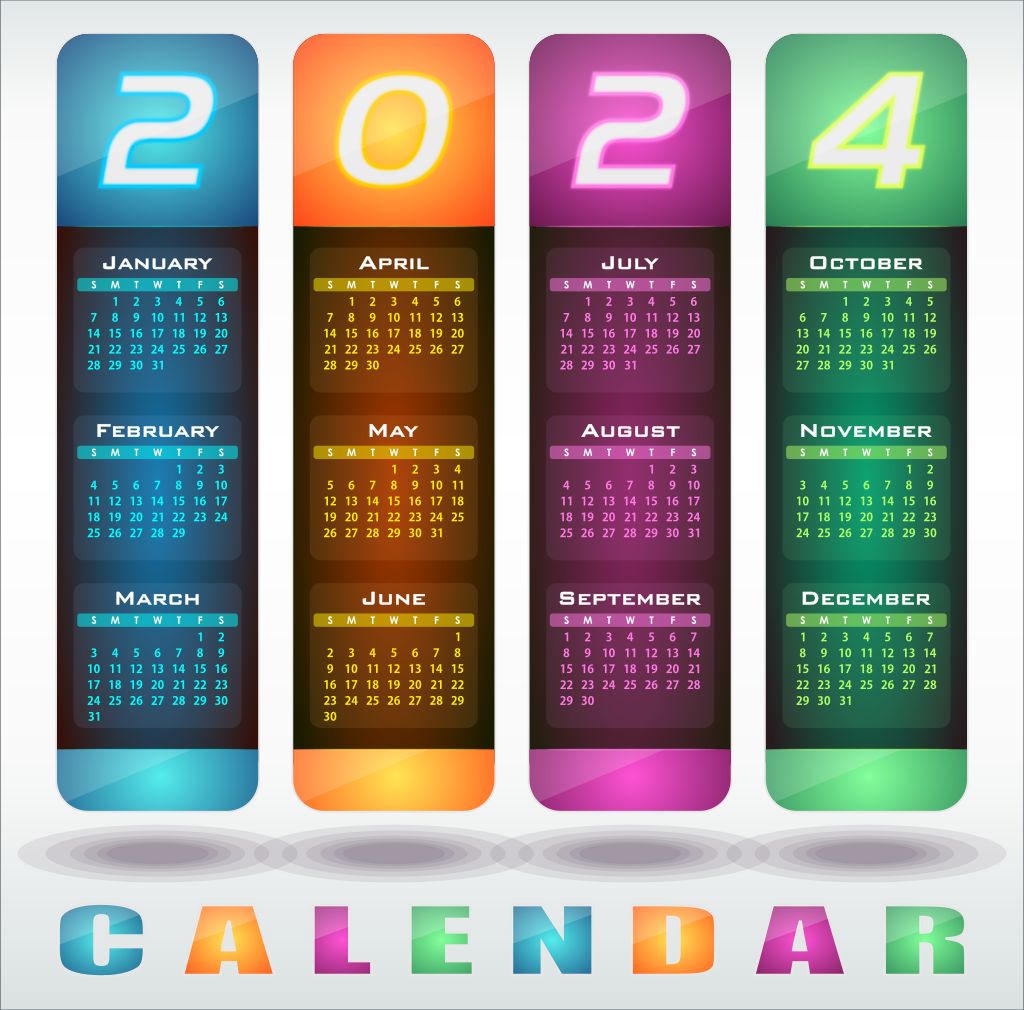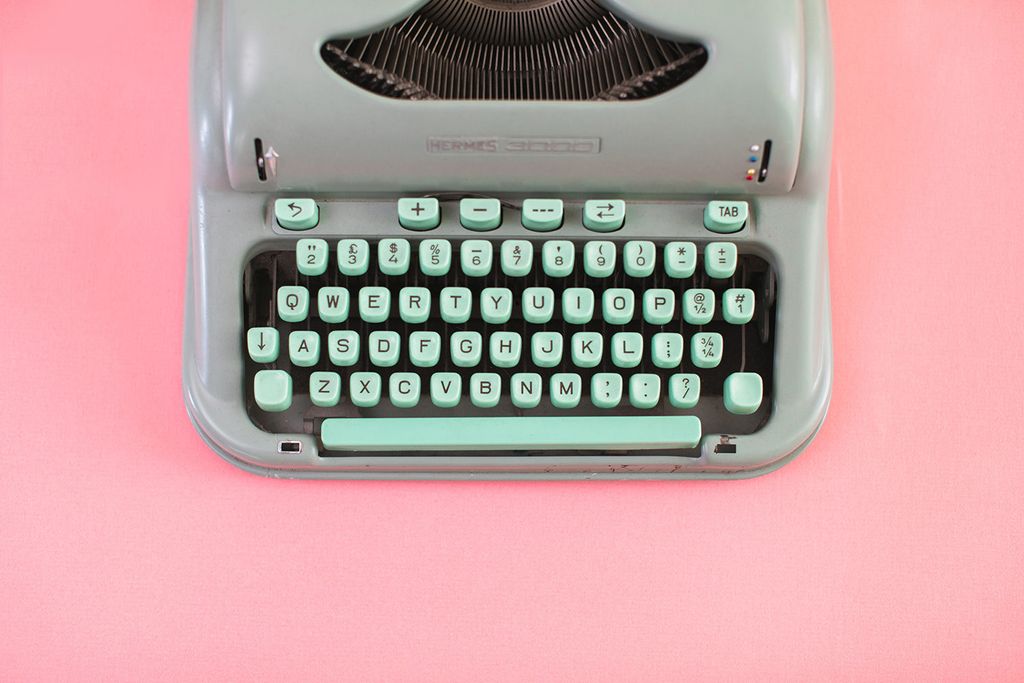
In today's fast-paced work environment, effective communication is crucial for administrative professionals. However, managing a large volume of emails can be overwhelming and time-consuming. That's where an email organizer comes in. By organizing and categorizing emails, administrative professionals can streamline communication, reduce information overload, and improve efficiency. In this article, we will explore the importance of organizing emails, how to choose the right email organizer, setting up your email organizer, best practices for using an email organizer, and how it can enhance collaboration and communication.

Streamlining communication is essential for efficient administrative work. By organizing your emails effectively, you can ensure that important messages are easily accessible and that you can respond to them in a timely manner. One way to streamline communication is by implementing a table to present structured, quantitative data. This can be particularly useful for tracking important metrics or summarizing key information. Additionally, using a bulleted or numbered list can help organize less structured content, such as steps, qualitative points, or a series of related items. By utilizing these formatting techniques, you can enhance the clarity and readability of your email communication.
Reducing information overload is crucial for maintaining productivity and focus. Here are some strategies to help you manage the influx of emails:
Remember, reducing information overload not only helps declutter your inbox but also improves your overall efficiency and effectiveness.
Improving efficiency is a key benefit of using an email organizer. By organizing your emails in a systematic way, you can easily locate and access important information, saving time and reducing frustration. One effective strategy for improving efficiency is to create folders and labels based on different categories or projects. This allows you to quickly filter and sort your emails, making it easier to prioritize and respond to important messages. Additionally, setting up filters and sorting rules can automatically route incoming emails to the appropriate folders, further streamlining your workflow.

When choosing the right email organizer, it is important to first understand your needs. Consider the following factors:
Volume of emails: Determine how many emails you receive on a daily basis and whether you need a solution that can handle a large volume.
Organization preferences: Think about how you prefer to organize your emails. Do you prefer folders, labels, or tags?
Integration with other tools: If you use other productivity tools such as task management or calendar apps, consider an email organizer that integrates seamlessly with these tools.
User-friendliness: Evaluate the user interface and ease of use of different email organizers to ensure it aligns with your preferences and workflow.
It is crucial to carefully assess your needs before making a decision, as it will determine the effectiveness and suitability of the email organizer for your specific requirements.
When it comes to choosing the right email organizer, there are several options available. One popular choice is using a web-based email client like Gmail or Outlook, which offer built-in organizational features. Another option is to use a third-party email organizer app, such as Spark or Newton, which provide additional functionalities and customization options. Additionally, some people prefer to use a combination of tools, like using a task management app alongside their email client to keep everything organized. It's important to explore different options and find the one that best suits your needs and preferences.
When choosing the right email organizer, it is important to consider integration with other tools and platforms. Integration allows for seamless communication and collaboration across different applications, enhancing productivity and efficiency. Some key points to consider when evaluating integration options include:
By choosing an email organizer that integrates well with your existing workflow, you can streamline your communication and ensure that all your important information is easily accessible in one place.
When evaluating the user-friendliness of an email organizer, it is important to consider how intuitive and easy-to-use the software is. A user-friendly email organizer should have a clean and organized interface, with clear navigation and easily accessible features. It should also provide customizable options to suit individual preferences and needs. Additionally, the email organizer should have a responsive design that works well on different devices, such as desktop computers, laptops, tablets, and smartphones.

Creating folders and labels is an essential step in organizing your emails. By categorizing your emails into different folders and applying labels, you can easily locate and manage specific types of emails. This not only helps in reducing clutter but also improves your overall email management efficiency.
When setting up your email organizer, defining sorting rules is crucial for efficiently managing your inbox. Sorting rules allow you to automatically categorize incoming emails based on specific criteria. This helps you prioritize and organize your emails, making it easier to find important messages and reduce clutter.
To define sorting rules, you can specify criteria such as sender, subject, keywords, or specific email addresses. For example, you can create a rule to automatically move emails from your manager to a designated folder or label. Additionally, you can set rules to mark certain emails as important or flag them for follow-up.
Implementing sorting rules saves you time and ensures that your emails are organized in a way that aligns with your workflow. By automating the sorting process, you can focus on important tasks and prevent your inbox from becoming overwhelming.
Consider the following tips when defining sorting rules:
By following these best practices, you can effectively manage your emails and improve your overall productivity.
Setting up filters is an essential step in organizing your emails. Filters allow you to automatically categorize and sort incoming emails based on specific criteria. By creating filters, you can ensure that important emails are prioritized and easily accessible, while less important emails are filtered away. To set up filters, follow these steps:
Setting up filters can greatly improve your email organization and save you time by automatically sorting incoming emails.
Managing email notifications is an important aspect of using an email organizer. By customizing your notification settings, you can ensure that you only receive alerts for the most important emails. This helps to reduce distractions and allows you to focus on the tasks at hand. Here are some tips for managing email notifications:
By implementing these strategies, you can streamline your email communication and improve your overall productivity.

Having a consistent folder structure is essential for effectively organizing your emails. It allows you to easily locate and categorize your emails based on their content or purpose. When creating your folder structure, consider using a hierarchical approach, where you have main folders and subfolders. This helps in maintaining a logical organization and makes it easier to navigate through your email system. Additionally, it is recommended to use descriptive names for your folders, so you can quickly identify their contents without having to open them.
Regular maintenance is crucial for keeping your email organizer running smoothly and effectively. Here are some best practices to follow:
Regular maintenance will help you stay organized and prevent your email organizer from becoming cluttered and inefficient.
One of the key features of an email organizer is the ability to use search and filters to quickly find specific emails or narrow down the email list based on certain criteria. Search allows users to enter keywords or phrases to locate emails containing specific information. This can be particularly useful when trying to find a specific email from a particular sender or about a specific topic. Filters, on the other hand, allow users to automatically sort incoming emails into specific folders or apply certain actions to them based on predefined criteria. For example, users can set up filters to automatically move emails from a certain sender to a designated folder or mark emails with specific keywords as important. By utilizing search and filters effectively, users can save time and easily manage their email inbox.
Archiving and deleting emails is an essential part of maintaining an organized inbox. By archiving emails, you can store them for future reference without cluttering your main inbox. Deleting emails, on the other hand, allows you to permanently remove them from your mailbox. Here are some best practices for archiving and deleting emails:
Remember, archiving and deleting emails can help you maintain a clean and organized inbox.

When collaborating with others, sharing folders and labels can greatly enhance communication and organization. By sharing specific folders or labels, team members can easily access and contribute to relevant emails and documents. This promotes transparency and ensures that everyone is on the same page.
To share a folder or label, follow these steps:
Tip: Before sharing, consider the sensitivity of the information contained in the folder or label. Ensure that only authorized individuals have access to confidential or sensitive data.
By effectively sharing folders and labels, teams can collaborate more efficiently and stay organized throughout their projects.
Assigning tasks is an essential feature of an email organizer. It allows you to delegate responsibilities and keep track of progress. Whether you're managing a team or working on a project with multiple stakeholders, assigning tasks ensures that everyone knows their role and deadlines. By assigning tasks, you can streamline collaboration and improve productivity.
When using an email organizer, it is important to have a system in place for tracking conversations. This allows you to easily keep track of important discussions and ensure that nothing falls through the cracks. One way to track conversations is by using email threads, which group related messages together. This makes it easier to follow the flow of the conversation and reference previous messages.
Another useful feature for tracking conversations is the ability to assign tasks within your email organizer. This allows you to delegate responsibilities and keep track of who is responsible for what. By assigning tasks, you can ensure that everyone is on the same page and that nothing gets overlooked.
In addition to email threads and task assignments, it can also be helpful to use labels or tags to categorize conversations. This allows you to easily filter and search for specific conversations based on their category. For example, you could use labels such as 'Important', 'Urgent', or 'Pending' to prioritize and organize your conversations.
Remember, effective tracking of conversations is essential for efficient communication and collaboration. By utilizing the features of your email organizer, you can stay organized and ensure that important discussions are not lost or forgotten.
Managing email threads is essential for effective communication and collaboration. When dealing with multiple email conversations, it's important to keep track of the discussion and ensure that everyone is on the same page. Here are some best practices for managing email threads:
In conclusion, implementing an email organizer can greatly improve administrative communication. By organizing emails into categories and providing easy access to important information, an email organizer can help streamline communication processes and increase efficiency. Additionally, the ability to set reminders and track progress can ensure that tasks are completed in a timely manner. Overall, an email organizer is a valuable tool for any organization looking to enhance their administrative communication.
Organizing emails can streamline communication, reduce information overload, and improve efficiency.
To choose the right email organizer, you should understand your needs, explore different options, consider integration with other tools, and evaluate user-friendliness.
You can set up your email organizer by creating folders and labels, defining sorting rules, setting up filters, and managing email notifications.
Some best practices for using an email organizer include maintaining a consistent folder structure, regularly organizing and cleaning up emails, using search and filters effectively, and archiving or deleting unnecessary emails.
An email organizer can improve collaboration and communication by allowing you to share folders and labels with teammates, assign tasks within emails, track conversations, and manage email threads more efficiently.
There are several popular email organizers available, including Gmail, Microsoft Outlook, and third-party tools like Spark, Mailbird, and Thunderbird. The best choice depends on your specific needs and preferences.